Most teams don’t actually need full HR outsourcing—they need the right HR or payroll software.
Platforms like Gusto and Rippling automate onboarding, payroll, time tracking, and basic compliance so you can run clean HR processes without hiring an outside firm. You’ll still click a few buttons and approve things, but the hard parts are handled for you—even if you’re not an HR pro.
That’s what we use—it takes about five minutes to run payroll, onboard new hires, and enroll benefits. Good HR software can feel like outsourcing (without actually outsourcing). Start there first to save money and build durable in-house know-how.
If you’ve tried software and still want to offload some (or all) HR work, you’re in the right place.
Rippling and Gusto are our favorite payroll and HR solutions for US-based employees. Papaya Global and Deel are excellent for international payroll and HR. These aren’t outsourcing firms, but they may be a better (and cheaper) fit.
For true HR outsourcing, treat the search like hiring a key teammate. Talk to providers, confirm they understand your industry and risk profile, and make sure expectations are in writing. I can’t have those conversations for you, but I can give you a pre-vetted shortlist to start strong.
The 5 Best HR Outsourcing Companies in 2025
- Paychex — Add a dedicated HR pro for hands-on guidance and compliance help
- Insperity — Build HR from scratch with a mix of a-la-carte and bundled services
- TriNet — Full-service HR support with strong benefits access for midsize orgs
- ADP — Enterprise-grade strategy, change management, and complex payroll
- Paysquare — Multi-country payroll and HR outsourcing for global teams
Another way to offload HR is via PEO (Professional Employer Organization). With a PEO, the provider becomes a co-employer and runs payroll, benefits, compliance, and onboarding under its tax IDs. You focus on day-to-day work.
We don’t recommend PEOs for most businesses—they can be pricey and you’ll give up control over certain processes and benefits choices.
PEO and HR outsourcing sound similar, but the co-employment model is the key difference. With classic HR outsourcing, you remain the sole employer and the provider works as a contractor inside your systems.
That means they adapt to your tools and workflows (or help you build them) instead of forcing you into theirs.
If you’re in a high-risk industry or want HR to be almost entirely hands-off, look at our favorite PEO providers to compare options.
Paychex — Get a Dedicated HR Pro to Add To Your Team
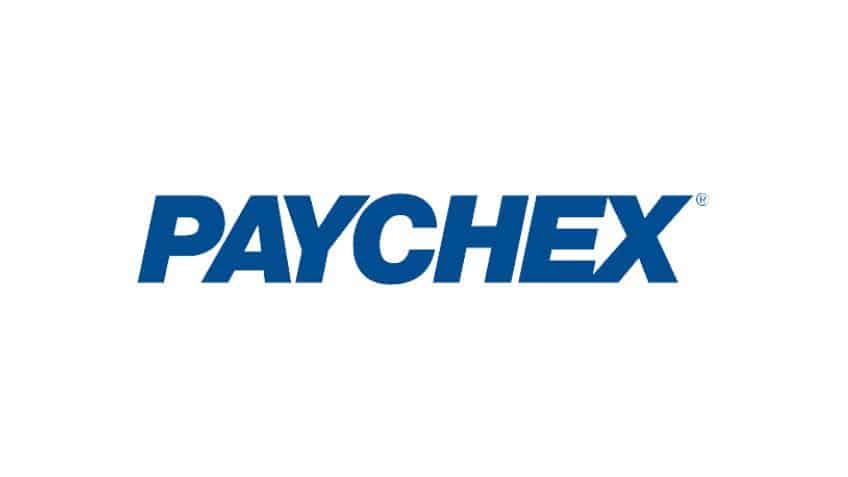
When you want expert guidance without fully outsourcing HR, Paychex pairs you with a dedicated HR professional who acts like an extension of your team.
You’ll get personalized 1:1 support across compliance, payroll, hiring, culture, training, and benefits—so you’re never guessing on policy or risk.
Support isn’t one-and-done. Paychex provides ongoing coaching, policy reviews, and check-ins so your HR foundation stays healthy as you scale.
Plus, the Paychex Flex platform covers payroll, time, onboarding, and reporting if you don’t already have HR software. It’s built for complex payroll scenarios—mixed workforces, different pay cadences, multi-state compliance, and alternative pay options (like paycards).
If you want a trusted partner who boosts your in-house capabilities—and keeps you compliant—Paychex is a strong first call.
Insperity — For Small Businesses Building HR From Scratch
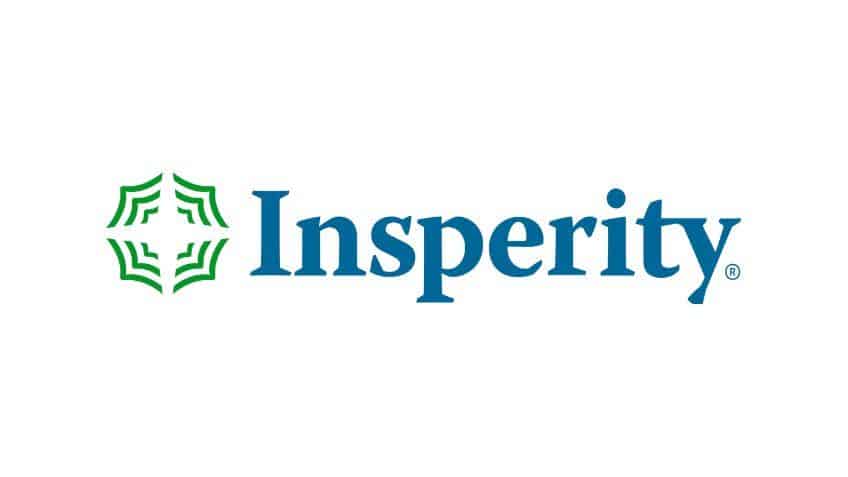
If HR has been a side gig for your office manager or a single overworked generalist, Insperity helps you turn ad-hoc tasks into real processes—policies, systems, documentation, and repeatable workflows.
Pick a-la-carte services (payroll, benefits admin, expense management, W-2 distribution, training, verification) or bundle them to stand up a fully functioning HR operation.
They also support risk management and compliance—liability insurance guidance, workers’ comp coordination, unemployment claims, and required government reporting.
Need the basics squared away? Insperity can help you write handbooks, craft policies, launch training, and set performance cycles. When you’re ready to take over, they’ll help recruit the right in-house team and transition control back to you smoothly.
With decades of experience and nationwide coverage, Insperity is a solid fit if you’re starting small and want structure fast.
TriNet — Full-Service HR Outsourcing for Midsize Businesses
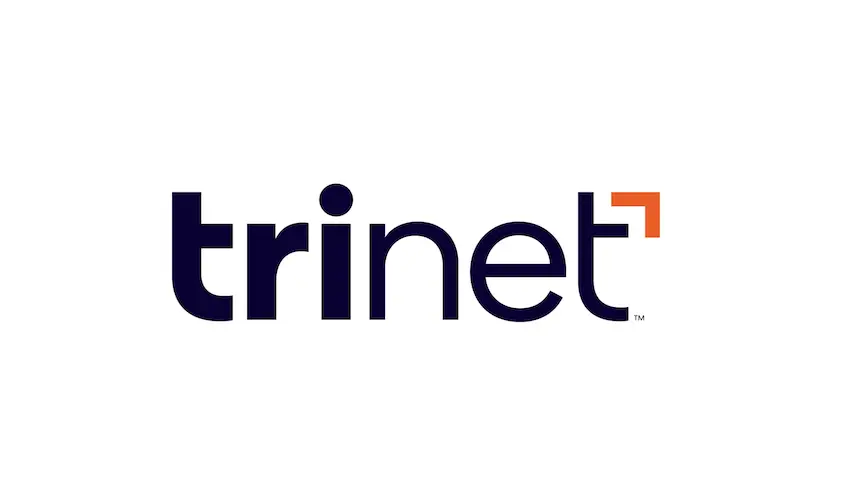
TriNet’s been around forever—and that scale matters when you’re growing fast and need dependable execution plus credible advice.
It’s especially strong on benefits access. You can tap competitive options for health, dental, vision, life, disability, retirement, and commuting benefits—even pet insurance—to stay competitive in tight markets.
Beyond benefits, TriNet supports payroll, retention and performance management, HR audits, risk mitigation, and day-to-day HR consulting. If you’ve seen the pain of ad-hoc processes, TriNet’s structure helps you stabilize and scale.
One standout is Team Accelerator: an assessment-driven approach to how your people think, work, and collaborate, with a roadmap to place strengths where they’ll have the biggest impact.
ADP — High-Level Strategy and Consulting for Large Teams
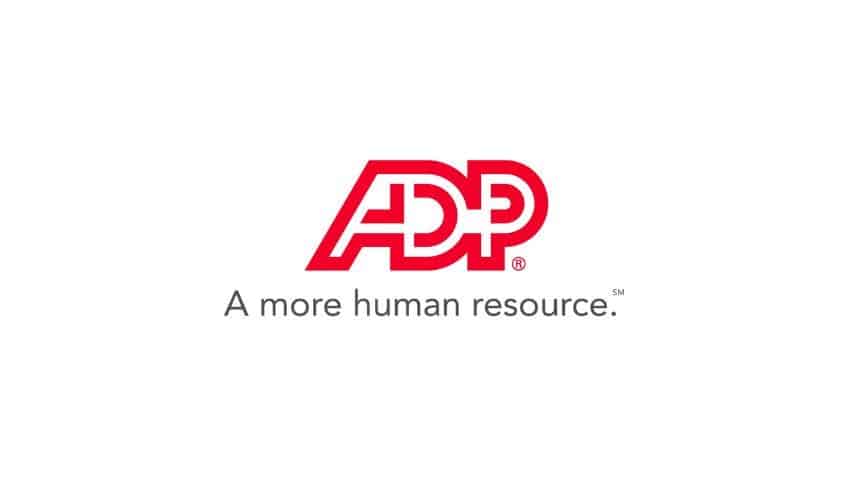
ADP has a huge product and services footprint. That can feel overwhelming—but it also means deep experience with nearly every HR scenario.
For large or distributed organizations, ADP shines in strategy, change management, and complex payroll/benefits design. If there’s a thorny problem—multi-entity payroll, acquisitions, global expansion—someone at ADP has solved something like it.
Use ADP when you need a steady hand to rebuild payroll, modernize benefits, overhaul processes, or restructure teams without risking compliance or employee trust.
Paysquare — HR Outsourcing for International Businesses
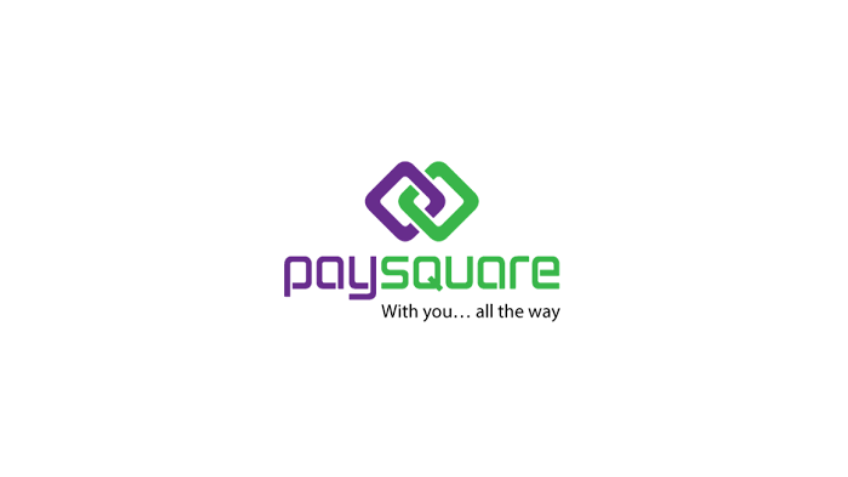
Once you expand beyond a single country, payroll and compliance get complicated quickly. Most US-focused outsourcers won’t cover you end-to-end.
Paysquare specializes in multi-country operations—payroll execution, country-specific compliance, and HR support—so you can pay people accurately and on time, everywhere you operate.
They handle ongoing payroll cycles, onboarding and offboarding, PTO and leave policies, and local tax/filing requirements. You’ll also get coaching for your in-house team so knowledge lives with you—not just the vendor.
If your footprint spans multiple countries, short-list Paysquare for predictable, compliant payroll at scale.
How to Choose the Best HR Outsourcing Service For Your Business
Start by confirming you truly need outsourcing. Many teams just need the right HR software—or fewer, better-integrated tools. If you still need outside help, vet providers like you’d hire a leader on your staff.
All the providers above have strong reputations. The “best” choice depends on your industry, risk, size, and in-house maturity. Use the criteria below during discovery calls.
Ask pointed questions and take notes—you’re looking for fit, not a generic pitch.
Communication and Collaboration Style
How you’ll work together matters as much as what they’ll do. Pick a partner whose cadence and accessibility match yours.
Questions to ask:
- Will my employees be able to contact you directly for HR questions?
- Do I get a named point of contact or only a shared support queue?
- Which channels do you support (email, phone, live chat, text), and what are the response times?
- Who are the actual people assigned to my account? What roles and certifications do they have?
- How many clients does my core contact support at once? What’s their typical availability?
Some firms operate “ticket in, deliverable out.” Others collaborate in real time. Match the style to your culture.
Crystal-Clear Expectations in Writing
Don’t rely on assumptions. Define scope, responsibilities, timelines, and success metrics before you sign.
Cover these in your SOW or agreement:
- Exactly which services are included (and excluded)
- What you must provide (data, approvals, tools access) and by when
- Owner for each task (vendor vs. your team) and escalation paths
- Pricing model, renewal terms, minimums, and any change-order process
- Security, compliance, and data retention policies
For ongoing work, add SLAs for response times, payroll accuracy, filing deadlines, and reporting cadence.
Your Current HR Maturity
Make sure the provider understands where you are today—processes, documentation, tools, and people—so they can right-size the engagement.
Established teams usually need targeted help (e.g., multi-state payroll cleanup or policy audits). Younger companies often need foundational work—policies, handbooks, workflows, and basic systems.
Transparency on both sides sets the relationship up for success.
Frequently Asked Questions
Is outsourcing HR cost-effective?
Outsourcing HR is cost-effective because it’s cheaper than hiring, training, and maintaining an in-house HR staff. However, you will reach a breakeven point if you continue to outsource more and more. Once you reach that point, it’s cheaper to manage HR in-house.
Are there disadvantages to HR outsourcing?
You may have to relinquish some control over your processes and company culture. That and the fact that the people taking care of your team aren’t a part of that same team can definitely be a disadvantage. Aside from that, sensitive data, different opinions, and cost can all be potential drawbacks.
Can I outsource HR without payroll?
Yes, you can outsource HR without payroll. Other HR tasks that you can outsource without payroll include talent acquisition, performance management, background screening, benefits administration, risk management, and HR compliance.
